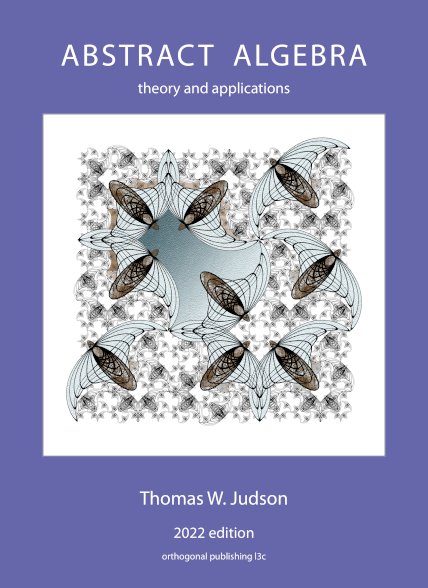Exercises 6.5 Exercises
2.
3.
Prove or disprove: Every subgroup of the integers has finite index.
4.
Prove or disprove: Every subgroup of the integers has finite order.
5.
6.
7.
8.
9.
Show that the integers have infinite index in the additive group of rational numbers.
10.
Show that the additive group of real numbers has infinite index in the additive group of the complex numbers.
11.
12.
13.
14.
15.
The cycle structure of a permutation
Show that any two permutations
16.
If
17.
18.
19.
20.
Let

